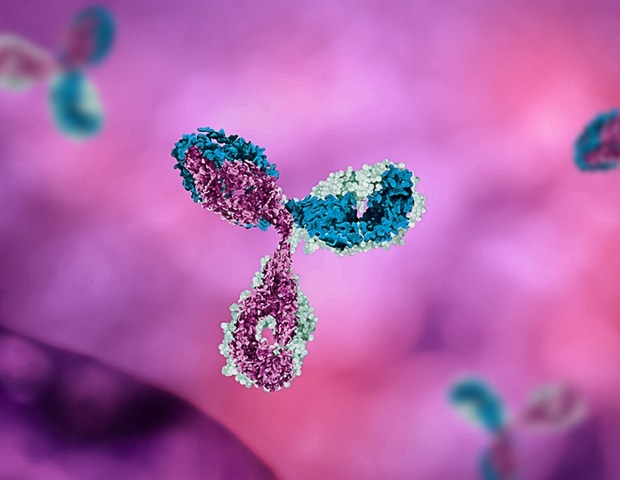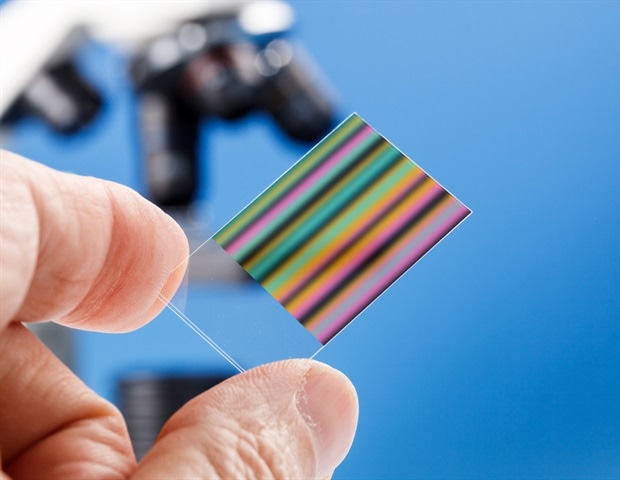Administering medicines to children poses distinctive challenges, particularly in resource-limited countries with excessive toddler and baby mortality charges. Many medicine are solids or tablets, which aren’t simply swallowed by children and tough to dose in response to a toddler’s weight. Whereas liquid and semi-solid alternate options exist for some medicine, many medicines lack this selection, or change into unstable and not using a dependable chilly provide chain. To handle these points, researchers from Brigham and Ladies’s Hospital and the Massachusetts Institute of Expertise developed a brand new oil-based gel formulation. In a medical examine, the researchers confirmed that the low-cost “oleogels,” derived from supplies already in use by the meals trade, could be formulated to be given as fluid, as thickened drinks, and as stiff as yogurt puddings. Moreover, preclinical analysis demonstrated that oleogels can facilitate drug uptake at ranges similar to or higher than stable tablets, whereas permitting for metered dosages appropriate for children. Outcomes are revealed in Science Advances.
Most liquid or semi-solid systems are water-based and pose limitations for delivering medicine that can’t be dissolved in water. Our system is an oil-based system gel, which makes it suitable with most medicine. This allows the formulation of medication that weren’t obtainable in semi-solid or liquid dosage types and permits sufferers, particularly children, to extra simply take their drugs.”
Ameya Kirtane, PhD, lead creator, Brigham’s Division of Gastroenterology and the Division of Chemical Engineering at MIT
The oleogel system consists of straightforward components: a vegetable-based oil (such as cottonseed, safflower, or sesame oil), a gelling agent to optimize viscosity and heat-stability (such as beeswax, candelilla wax or carnauba wax), and a solubilizer that helps the drug dissolve in the oleogel. Thus, the drug-delivery system has a longtime security profile and could be simply and broadly produced. It doesn’t have to be reconstituted with water and was proven to face up to storage at 40 levels Celsius (over 100 levels Fahrenheit), making it preferrred for a resource-limited setting.
In a proof-of-concept experiment in pigs, the researchers demonstrated that their oleogel system might efficiently ship 4 anti-infective medicine (azithromycin, praziquantel, lumefantrine and moxifloxacin), whose chemical properties and features are wide-ranging. The researchers discovered {that a} hydrophilic (water-dissolving) drug like moxifloxacin could possibly be delivered utilizing a barely tailored oleogel, known as an oleopaste. Notably, the route of administration (oral versus rectal) influenced the uptake of the medicines, highlighting the significance of optimizing oleogels for every drug of curiosity.
The analysis group partnered with the consulting agency Sensory Spectrum to assemble style panels for evaluating which mixtures of oils and gelling brokers could be most palatable to sufferers. In addition they tailor-made the packaging of the oleogels to accommodate metered doses.
As a subsequent step, the researchers will conduct a first-in-human trial with wholesome adults enrolled on the Brigham to guage the oleogel’s efficacy in delivering azithromycin. The researchers emphasize that past its suitability for pediatric care in resource-limited settings, the oleogel system is also helpful for older adults, individuals with gastrointestinal issues, or for palliative care sufferers.
“We’ve a quite simple however very elegant answer to administering medicines for these with swallowing difficulties,” mentioned corresponding creator Giovanni Traverso, MB, BChir, PhD, of the Brigham’s Division of Gastroenterology and the Division of Mechanical Engineering at MIT. “This was an infinite group effort, which included basic formulation science, sensory analysis and shelling out system fabrication and testing, and it was impressed by strategies which might be acknowledged and used already inside the meals trade.”
Supply:
Brigham and Ladies’s Hospital
Journal reference:
Kirtane, A.R., et al. (2022) Improvement of Oil-Based mostly Gels as Versatile Drug Delivery Systems for Pediatric Functions. Science Advances. doi.org/10.1126/sciadv.abm8478.














